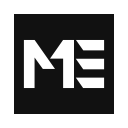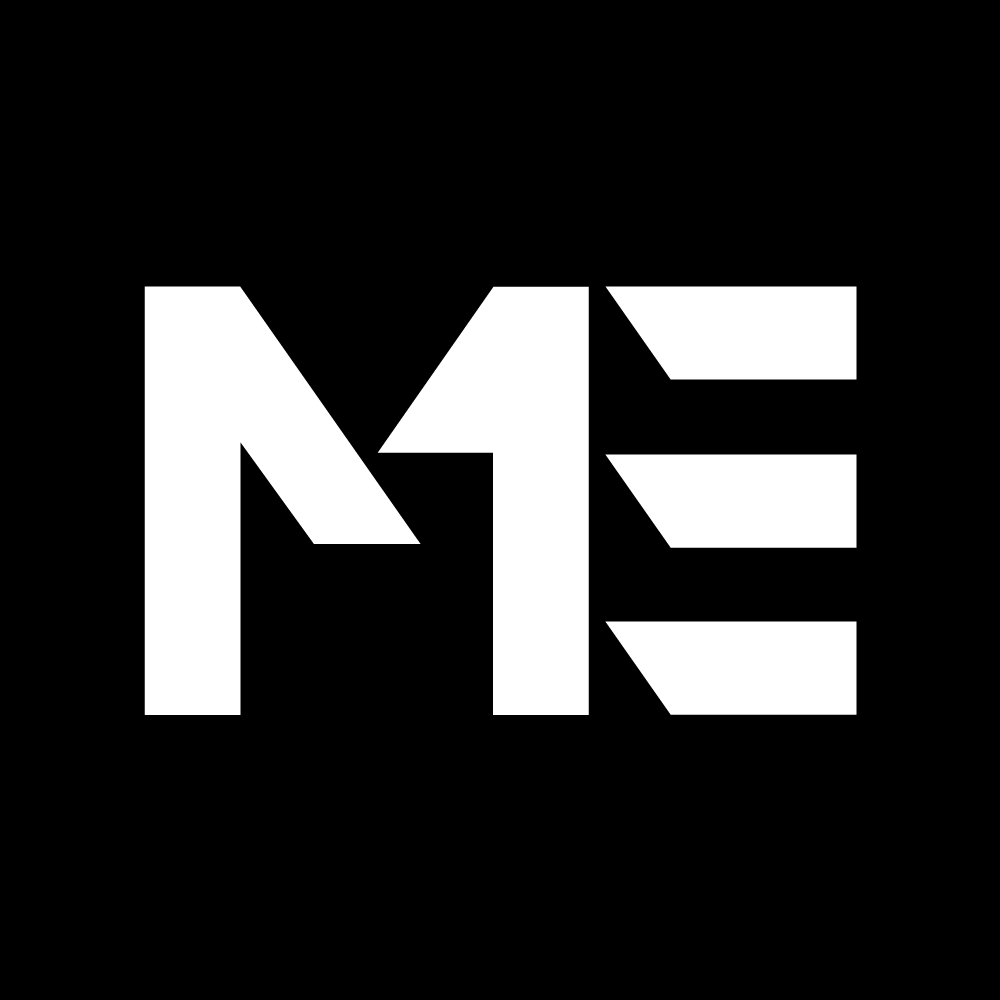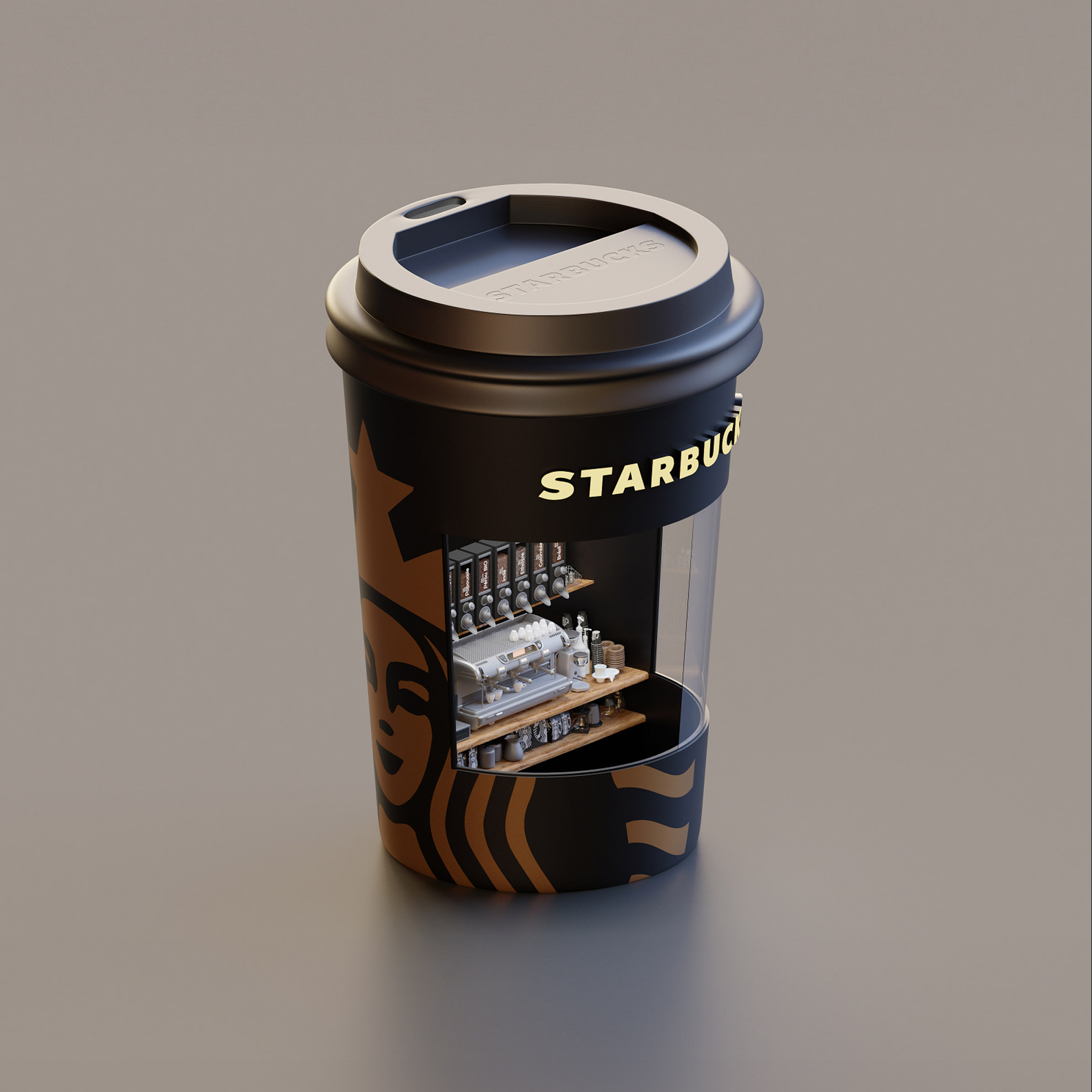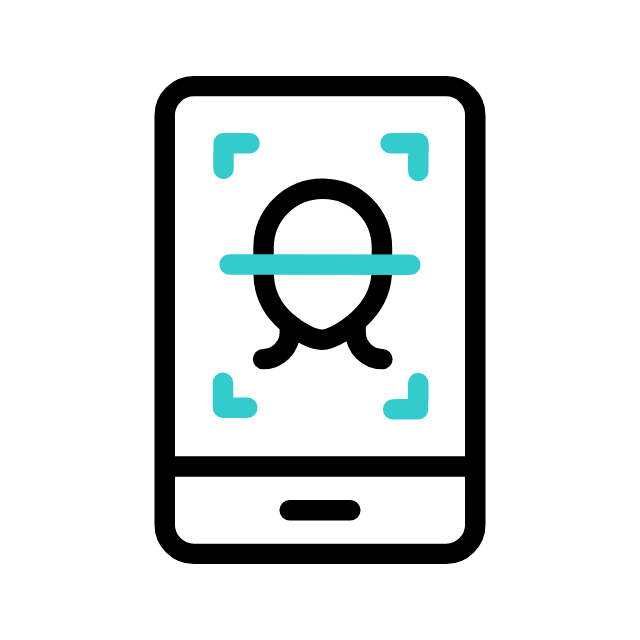Artwork Source: Eslam Mdh
Artwork Source: Eslam Mdh
The most valuable brands are usually the most recognizable.
Brand awareness: It’s one of those concepts you know you need to understand, but perhaps you find it somewhat… hard to pin down? You’re not alone. On the surface, it’s simple. Brand awareness = people being aware of your brand. But how do you measure that? And what’s the exact brand awareness definition that makes sense for your business? I’ll explain everything you need to know about how to create an effective brand awareness strategy.
Brand awareness is a measure of how well people recognize your brand, including how “aware” they are that your brand exists at all. Rather than a simple individual metric, brand awareness is a concept that touches on many different KPIs, from traffic to social share of voice. I’ll get into the details of how to measure brand awareness later in this post, but for now think of it as one indicator of brand health.
Why does brand awareness matter?
Strong brand awareness and brand recognition means your brand is top of mind when people think about the category of products or services you sell. They recognize your logo or tagline, making it easier to communicate effectively through social content, especially in images or short-form video. Brand awareness is a required first step before building brand loyalty. After all, customers can’t love your brand until they know and recognize it. Think about it as the difference between Coke and store-brand generic cola. No one’s wearing a T-shirt showing their love of generic cola. Sure, people buy it – usually because it’s the cheapest option. But no one is evangelizing for the generic brand. The most valuable brands are usually the most recognizable. Nike is the most valuable apparel brand. Apple wins the consumer technology category. And, yes, Coca-Cola is tops in food and beverages. You don’t need to reach the level of these behemoths to benefit from brand awareness, but there’s a lot you can model in the way these companies have built their brands.
Build a recognizable brand
Brand building is an important first step for brand awareness. That means you need to have a clear idea of what your brand is and what it represents. What does your brand look like? Sound like? Stand for? Some key components to a recognizable brand include:
- Brand Voice: What kind of tone do you use? Are you formal or casual? Cheeky or serious? Playful or businessy? You don’t need to use exactly the same tone in every format. Your brand voice on social media might be more light-hearted and fun than the voice you use in, say, print ads. Your voice might even shift a little from Facebook to TikTok. But the way you speak to customers and about your product should ultimately be recognizable across channels. Choose some consistent key words and phrases and follow your style guide.
- Brand Aesthetic: Consistency is key to brand building and brand awareness. That’s true for your look as well as your words. What are your brand colors? Fonts? What is your overall look on visual platforms like Instagram and TikTok? For example, look at these Instagram posts from Old Navy, Banana Republic, and The Gap. All three brands are owned by the same company, but each targets a different demographic, with a social aesthetic to match.
- Brand Values: We’ve talked about defining what you look and sound like. But brand values define who you are as a brand. Having a clear set of brand values is the most important component of building a recognizable brand. Don’t get hung up on your ideas of what values have to be. This isn’t all about doing charity work or making corporate donations (although those can certainly be aspects of how you live your brand values). This is more about defining what you stand for as a brand and how you embody that in your interactions with everyone from customers to employees. Make sure your brand values align with those of your target audience. According to the Edelman Trust Barometer, 58% of consumers buy or advocate for brands based on their beliefs and values, while 60% of employees use beliefs and values to choose their employer. This is not about lip service. What you do is at least as important as what you say.
- Logo & Tagline: You could argue these are part of your brand voice and aesthetic, but they’re important enough they deserve to be called out on their own. These are the instantly recognizable representations of your brand. If you read “Just Do It” or see the iconic swoosh, you don’t need anyone to tell you you’re looking at a Nike product or ad. Red Bull gives you what? (Say it with me now: Wings.) Put some thought into these aspects of your brand, as they’ll become the currency of your brand.
Tell a brand story
This correlates to some of the elements we’ve already talked about, but it goes a little further than your brand values and voice. Your brand story is the narrative of your brand and how it got to be that way. For an entrepreneur, the brand story might be that they spotted a problem in their day job and invented a solution to fix the problem. For a larger business, your brand story might be a conglomeration of your mission statement and your history. Every brand has a story. But the critical component for brand awareness is to tell that story. Use narrative to showcase your brand story through, for example, customer experiences, or by marking key milestones in your growth. For example, Harley-Davidson produces The Enthusiast Magazine, which showcases rider stories as well as riding tips and information about new models and gear.
Create value beyond your product
A key way to build long-term brand awareness is to create value beyond your product. Think about ways you can inform, educate, or entertain. Do you or your team have specialized expertise? Don’t keep it to yourselves! Share your knowledge through a blog, podcast, YouTube channel, or newsletter. This shouldn’t be about making sales directly. Instead, this is a relationship-building and brand awareness practice that creates more opportunities for audiences to get to know your brand. For example, Patagonia creates films that align with their brand values and story. Their products appear in the films, but there is no hard sell. The value is in the films themselves. The webpage where the films live says, “We are a collective of storytellers who make films on behalf of our home planet.”
Create shareable content and seek out influencers
This overlaps a little bit with the last couple of points, but here we’re focused specifically on creating content that’s easy to share. While it’s not always possible to predict what will go viral, you can certainly take steps to make your content more discoverable and shareable. First, you should follow social media optimization best practices like posting consistently and at the right time. But also create content that your followers will want to share. This aligns with the idea of providing value in your content rather than always trying to make a sale. Try adding a call to action that suggests sharing your resources or tagging a friend. Also make your content easy to share with social sharing buttons on your website and blog, which can help provide social proof. People love getting recommendations from other people, especially if those people are experts in their fields. In come influencers: they are one of the easiest ways to promote your brand to a relevant audience, for relatively low costs — depending on the reach of the influencer. That doesn’t mean that micro-influencers can’t be just as effective to you. It all comes down to the margin you have on your product and how strongly influencers affect their audiences buying decisions. To give you an idea: a study found that 61% of consumers in the age group 18 to 34 have at some point been convinced to buy something by an influencer. If you’re looking for a way to offer these influencers something in return, you could consider starting an affiliate program. This will also help you measure the effectiveness of influencer marketing for your business.
Contribute to your community
Not all brand-building happens online. You can establish brand awareness by contributing to your community in concrete ways like sponsoring events, offering corporate donations, or facilitating employees’ participation in charity work. This can be as big as the sponsorship of a major event, like Vancouver’s annual fireworks competition, known as the Honda Celebration of Light. Or it could be as simple as contributing an item to a silent auction for a local fundraiser. Whether you’re a local business or operate solely online, partnerships are a great way to tap into new audiences and grow your brand awareness. Many businesses have a great deal of overlap in their ideal customers, or are somehow connected. Try to partner up and add value to your customers together.
Develop a referral program
No less than 49% of U.S. consumers say friends and family are their top sources of brand awareness. And the effectiveness of referral programs has been proven time and time again. PayPal and Dropbox didn’t become industry giants by accident: they knew that the secret to building more brand awareness was hiding in their existing customer base all along. Take Dropbox, who introduced a refer-a-friend feature in 2008. They grew their customer base with 3,900%. That’s not a typo! This immense growth didn’t just come from the referral program — they improved their product and delivered outstanding customer service in the meantime — but it certainly did help. PayPal did the same thing, (back in the day, so hold your horses!). Except instead of storage space in the cloud, they gave their users actual money. But referral programs to boost brand awareness aren’t just for the big boys. Many products and services can be promoted with the same technique, and it’s a great way to raise brand awareness in a relatively cheap manner.
Think omnichannel: Don’t forget guerrilla marketing is still a thing
While we spend most of our time looking at screens, we don’t necessarily pay attention to the brands we scroll past. That’s why some brands are thinking ‘’inside the box’’ again, and go back to investing more in offline marketing. A poster or billboard in relevant places could be a refreshing way to get your name out there. Big fan of measuring the effectiveness of your brand awareness campaigns? Include things like a QR code on your offline marketing material and create dedicated landing pages to see how much it pays off.
Invest in paid advertising and retargeting campaigns
Whether it’s social media platforms or search engines: it’s becoming increasingly easy to target exactly the right people with paid ads. In the case of raising brand awareness, you can specifically aim at people who are interested in products like yours or the market you’re in, but who haven’t interacted with your brand. Tapping into this group with clear and creative messages could be an amazing way to boost your brand awareness. How many brands have you interacted with today? Chances are it’s too many to count. And that’s why some slip our minds, even though it would’ve been a great match — now, or further down the line. People who have visited your page and suddenly left don’t have to be considered gone: with the right techniques in place, you can set up smart retargeting campaigns to remind them of your business when the time is right.
Run a thought leadership program
Increasing brand awareness means not only ensuring that your target audience knows who you are, but – ideally – that they also respect you. A great way to tick both boxes is to build out a thought leadership program that positions the people behind your brand as experts in their field. The best way to do this is to ladder up a few separate tactics that combine to form an overall package across a year (or more). Start by ensuring that your experts are posting regular industry-specific opinion pieces on LinkedIn, and cross-promote these on any other relevant owned and third-party channels. An annual whitepaper or industry report that B2B or B2C readers will deem to be a must-read is another fantastic way to cement your brand’s place as an industry voice. Around this, see if your expert executives can appear on panels, give trade show keynotes, run events, or make podcast appearances peppered throughout the year. As a concerted brand awareness campaign, the goal here is to put your brand’s voice at the center of the discourse – and to have all the answers to burning industry questions. Now, this won’t happen overnight. It’s part of establishing yourself as an authority in your market. If you want to be considered for any industry publications, make sure you’re putting out a steady stream of valuable content in your blog and social media channels. If you can demonstrate you have something to share that their readers would love, you’ll have a foot in the door with possibly thousands of readers who are undoubtedly interested in getting to know you.
Turn employees into brand ambassadors & seek out guest appearances
Let’s be real here, we’d rather follow real people on platforms such as LinkedIn and Instagram, than the businesses they work for. We’re all looking for content we connect with on a human level. Seeing something that comes from a company page immediately feels like it’s trying to sell you something. People are less likely to engage with it or share it. Content from real people, however, that’s where it gets interesting. Knowing this, it can pay off to train your employees to use platforms as LinkedIn. Every time they comment or share something valuable with a profile that has your branding weaved into it, you grow your brand awareness a little bit. Another smart way of making use of someone else’s audience, is by making an appearance in their content, whether that’s in webinars, podcasts, Instagram Q & As or blogs. By choosing the right partners you’re sure that your audience will be interested in what you have to add to the conversation, and it’s a great way to increase awareness amongst new people.







